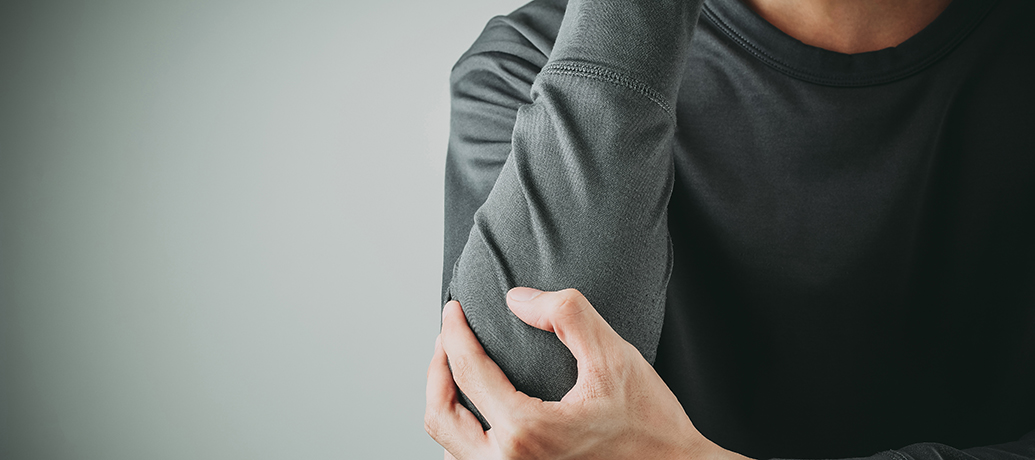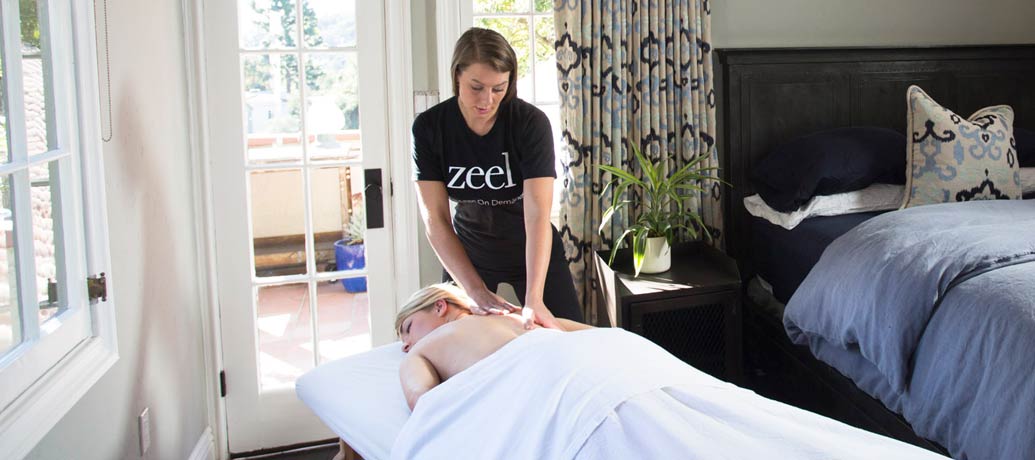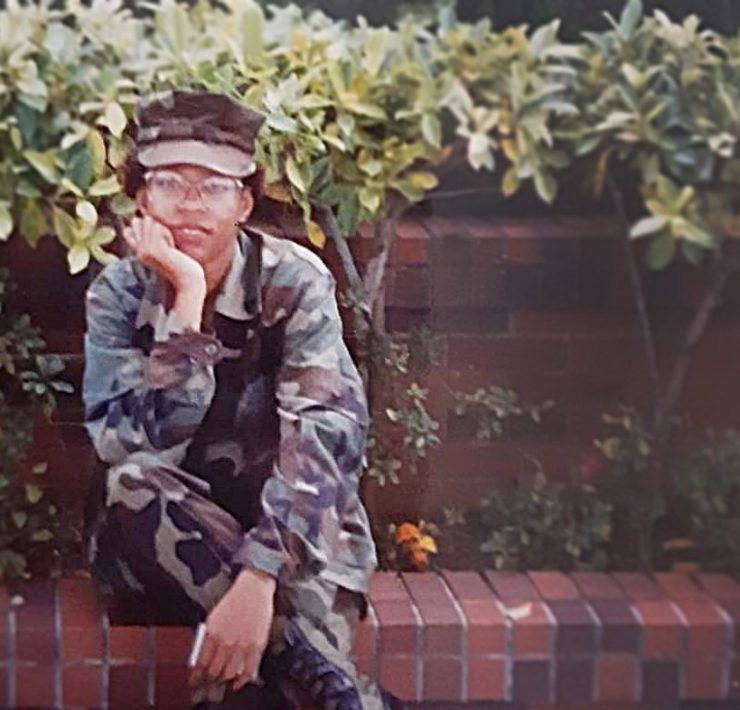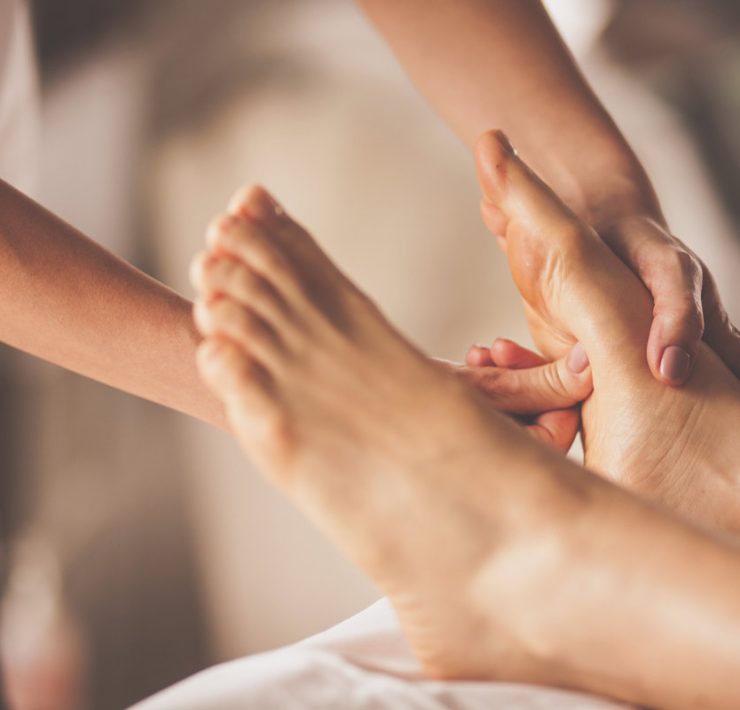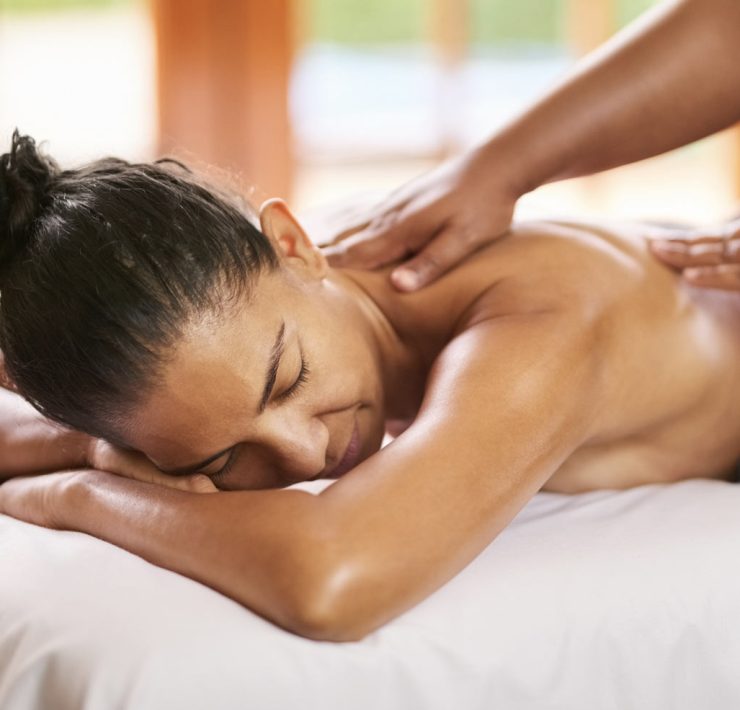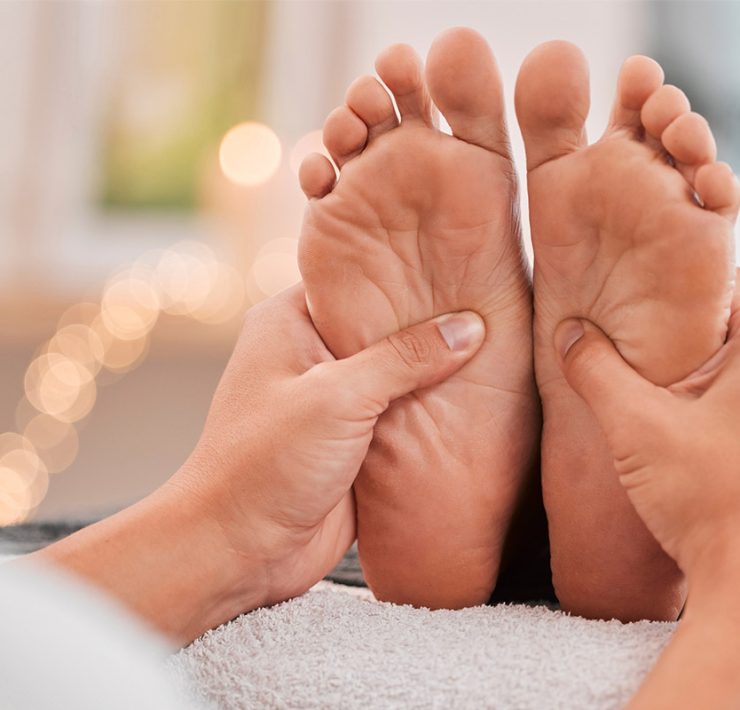Getting the perfect swing can be downright painful when tennis elbow and golfer’s elbow make an appearance. Both conditions are painful and debilitating inflammations of muscles and tendons caused by overuse, also known as repetitive stress/strain injury. Although they’re named for the sports which often cause the problem, there are many causes for each one. Keep on reading to find out how massage can help ease pain and fast-track recovery.
Understanding the conditions
Any muscle or joint in the body is subject to overuse, but it becomes particularly problematic when it affects the point of muscle-tendon attachment on bones. When any muscle is injured and becomes inflamed, our body’s natural healing mechanisms rely on a good blood supply to deliver beneficial chemicals and cells to the damaged area, and to carry away the by-products and debris. Unfortunately, tendons have a poor blood supply, slowing the healing process significantly. When someone continues to overstress and irritate the muscle and tendon by continuing the activity that initially caused the problem, self-healing becomes almost impossible.
Any muscle or joint in the body is subject to overuse, but it becomes particularly problematic when it affects the point of muscle-tendon attachment on bones.
Overuse syndrome causes a host of symptoms, including pain, fatigue in the affected muscle or joint, burning or aching, and numbness. In the case of tennis and golfer’s elbow, symptoms can also include hand, wrist, shoulder, and neck pain.
How massage can help with tennis elbow and golfer’s elbow
Treatment for muscle and tendon overuse and repetitive strain injuries calls for soft-tissue experts, and massage therapists are uniquely suited and extensively trained to address these exact conditions. Your massage therapist will evaluate the level of tenderness at the elbow, as well as any pain or dysfunction in the hand, wrist, and shoulder. He or she will assess your range of motion, ask about the symptoms you have experienced, and what activities precipitate or exacerbate your pain. Your massage therapist will use this information to plan a treatment protocol to reduce or eliminate pain, restore function to your elbow joint, and allow you to return to normal activity.
…reduce or eliminate pain, restore function to your elbow joint, and allow you to return to normal activity.
Massage therapists use a variety of techniques to treat tennis or golfer’s elbow. Depending on your individual therapist’s training and experience with results, he or she may use deep tissue massage, myofascial release, active release technique, neuromuscular therapy, or acupressure. Often, your therapist will combine one or more of these approaches with cross-fiber friction and plenty of petrissages to flush out the tissue.
Other treatments
Hydrotherapy is also a popular addition to treatment for epicondylitis for its effect on blood flow to the area being addressed. Because heat increases blood flow, and cold decreases blood flow, a massage therapist can create several different environments in the tissue. For example, contrast hydrotherapy uses alternating heating and cooling of the area to “pump” blood flow, carrying away the debris of inflammation and bringing in a fresh blood supply. Some therapists will use cold application or even ice massage, to reduce pain during the massage and inflammation after. Occasionally, moist heat might be employed for a short time to create pliability in the tissue before the therapist starts deep work.
…heat increases blood flow, and cold decreases blood flow, a massage therapist can create several different environments in the tissue
Massage therapy for tennis or golfer’s elbow usually involves what therapists politely call “therapeutic discomfort,” and your therapist will work closely with you throughout the treatment to make sure any pressure is tolerable.
On-going care
Self-care is an integral part of your treatment and crucial to its success. With your therapist’s guidance, you can augment the effect of your in-home massage by applying heat or cold, using topical analgesics (such as Biofreeze or Tiger Balm), and performing stretching exercises.
Effective massage therapy for medial and lateral epicondylitis is an intense treatment that delivers results and requires a commitment of time and attention.
Read also: Treating Sleep Apnea with Massage: Everything You Need to Know
The Incredible Benefits of Massage for Anxiety
Medical and Alternative Treatments for Fibromyalgia
What is Orthopedic Massage, and Is It Right for You?
Robin Jillson has been studying and teaching massage and bodywork since 1990. Starting with a certification in Foot Reflexology, Robin graduated from New York’s Swedish Institute, and pursued further studies in bodywork and energy work. She discovered a passion for teaching and eventually became an instructor and Director of Education for Healing Hands Institute in Westwood, New Jersey. In her spare time, Robin wrote a massage therapy curriculum published by Pearson Education, performed textbook review for Elsevier Publishing, and consulted on adult education topics. She is licensed as a massage therapist in both New York and Florida.

